The COVID-19 pandemic is fundamentally changing how we work, pushing businesses to adopt hybrid work that combines remote and on-premise work. These changes have led to changes in work environments, emphasizing technology integration to support flexibility, productivity, and efficiency in Pluto Planet. As we look to the future, embracing technology-enabled office spaces is essential for business growth in a hybrid work environment. This article will explore how office spaces evolve and what technologies drive this change.
The Rise of Hybrid Work
Hybrid work is a model that allows employees to divide their time between working remotely and working from the physical office. This approach offers several benefits, including increased flexibility, improved work-life balance, and attracting and retaining top talent. But it also presents challenges, such as maintaining team cohesion, ensuring effective communication, and equitable access to resources and opportunities.
To meet these challenges, companies are rethinking their workplaces and incorporating technology to create an environment that meets the needs of a mix of workers.
The Role of Technology in Hybrid Workspaces
Technology plays a crucial role in enabling hybrid workplaces. It provides seamless communication, supports collaboration, and increases productivity, no matter where employees are located. Here are some key technologies that are transforming workplaces for a blended future of work.
Cloud-Based Collaboration Tools:
Cloud-based collaboration tools like Microsoft Teams, Slack, and Google Workspace have become indispensable in hybrid work environments. These platforms allow employees to communicate, share documents, and collaborate on projects in real-time, ensuring that remote and in-office workers can work together effectively.
Video Conferencing Solutions:
Video conferencing solutions such as Zoom, Cisco Webex, and Microsoft Teams enable face-to-face meetings between remote and on-site employees. These tools support virtual meetings, webinars, and training sessions to promote team integration and ensure effective communication.
Smart Office Technology:
Innovative office technologies include IoT (Internet of Things) devices and systems that improve workplace efficiency, comfort, and profitability.
- Bright lighting and HVAC systems: These systems use sensors and automation to provide better lighting and climate control based on occupant preferences and preferences, reducing energy consumption and increasing comfort
- Occupancy sensors monitor office space utilisation, provide data on space use, and help businesses optimise their workspace design.
- Automatic Desk Workstations: Adjustable desk workstations that can be customised for individual employees promote ergonomic health and comfort.
Digital Whiteboards and Interactive Displays:
Digital whiteboards and interactive displays, such as the Microsoft Surface Hub and Google Jamboard, facilitate brainstorming and collaboration in hybrid workspaces. These tools allow teams to visualise ideas, share notes, and collaborate in real time, whether in the same room or working remotely.
Virtual Reality (VR) and Augmented Reality (AR):
VR and AR technologies are entering hybrid workplaces, offering innovative training, management and planning solutions. VR can create immersive virtual environments for remote meetings and training, while AR can enhance productivity by overlaying digital content over the physical world.
Advanced Security Systems:
As companies adopt hybrid business models, securing their data and systems becomes increasingly essential. Advanced security measures protect sensitive information and authenticate business operations, such as multifactor authentication (MFA), virtual private networks (VPNs), and endpoint security solutions.
Designing Hybrid Workspaces
Transforming office spaces to support hybrid work requires more than just integrating technology. This requires a thoughtful office layout that considers employees' needs and wants. Here are some basic principles for designing effective hybrid workspaces.
Flexibility and Adaptability:
Hybrid offices must be flexible enough to accommodate a variety of tasks and activities. We can accomplish this by creating workspaces designed as open spaces for collaboration, quiet work-focused areas, and reconfigured flexible meeting spaces.
Inclusive Design:
Inclusive policies ensure all employees have equal access to resources and opportunities regardless of location or role. This includes providing accessible technology, creating high-performance workspaces, and creating spaces that support business styles and needs.
Health and Well-Being:
Promoting the health and well-being of employees is essential in hybrid workspaces. This can be achieved by incorporating biophilic design elements, such as natural light, plants, and outdoor spaces, and providing amenities that support physical and mental health, such as fitness centres, relaxation areas, and wellness programs.
Collaboration and Community:
Hybrid workspaces allow employees to collaborate and feel a sense of community. This can be done by creating spaces encouraging social interaction, such as community spaces, lounges, and café-style seating. Additionally, providing virtual and real team-building opportunities can strengthen relationships and help build a cohesive team culture.
Technology Integration:
The seamless integration of technology into the physical workplace is critical to supporting hybrid work. This includes ensuring reliable internet connectivity, providing easy access to collaboration tools and platforms, and incorporating intelligent workplace technologies that improve productivity and comfort.
The Future of Hybrid Workspaces
As technology continues to improve, the future of hybrid offices looks promising. Here are some of the emerging trends and innovations working in the future of hybrid work
AI and Machine Learning:
AI and machine learning are poised to revolutionise hybrid workspaces by providing intelligent insights and automation. For example, AI-powered analytics can help businesses optimise their office layouts based on usage patterns. At the same time, machine learning algorithms can enhance productivity by automating routine tasks and providing personalised recommendations.
5G Connectivity:
Introducing 5G networks will dramatically improve internet connectivity, providing faster and more reliable connections and services. This will be especially useful for remote workers, allowing them to engage in high-quality video calls and access cloud-based applications without latency issues.
Hybrid Events and Experiences:
Hybrid events that combine personal and virtual reality are increasingly popular. These events use technology to create immersive and engaging experiences for remote and intrinsic participants, fostering community and togetherness.
Sustainable Office Design:
Sustainability is a growing concern for entrepreneurs, and hybrid offices are no exception. Sustainable office design incorporates environmentally friendly features, energy-efficient systems, and practices that reduce waste and carbon emissions. This benefits the environment, improves employee well-being, and supports corporate social responsibility goals.
Conclusion
The hybrid business model is here to stay, and transforming office spaces to embrace technology is vital for businesses to thrive in this new era. By integrating advanced technology, designing flexible and inclusive workplaces, and prioritising employee health and wellness, companies can become places that support productivity, collaboration, and innovation. As we look to the future, continuous technological advances will enable a hybrid work environment. Embrace the future of work by transforming your workplaces and using technology to create a hybrid work environment that meets the needs of your team and fosters success.
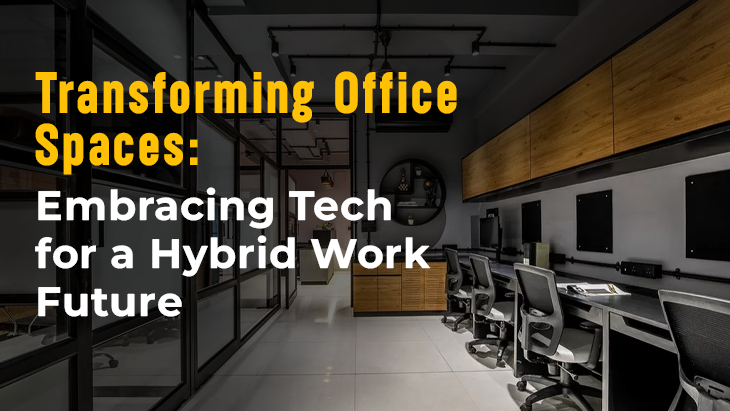



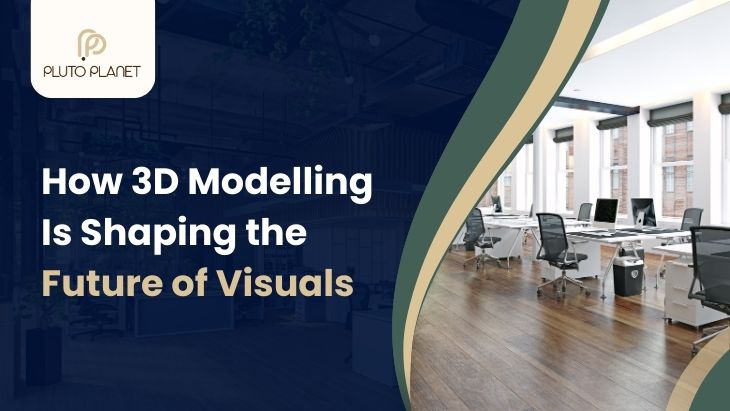
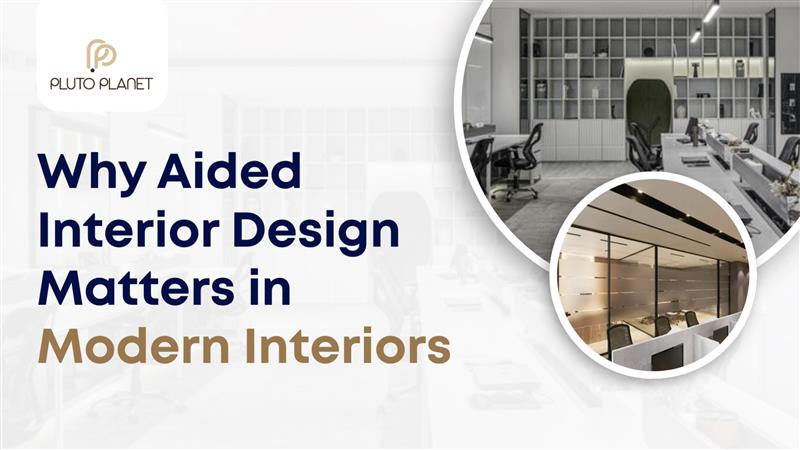
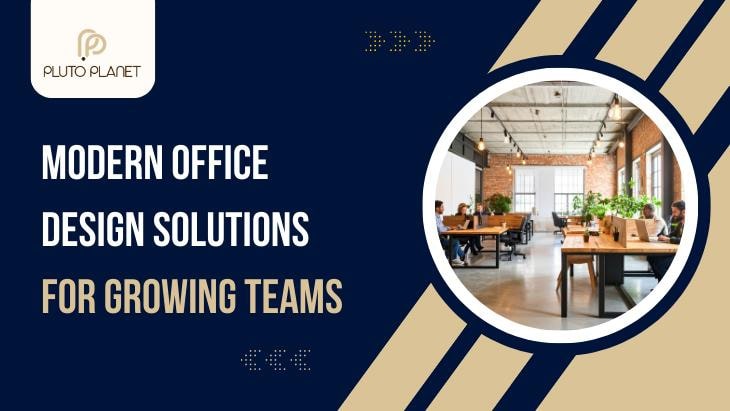
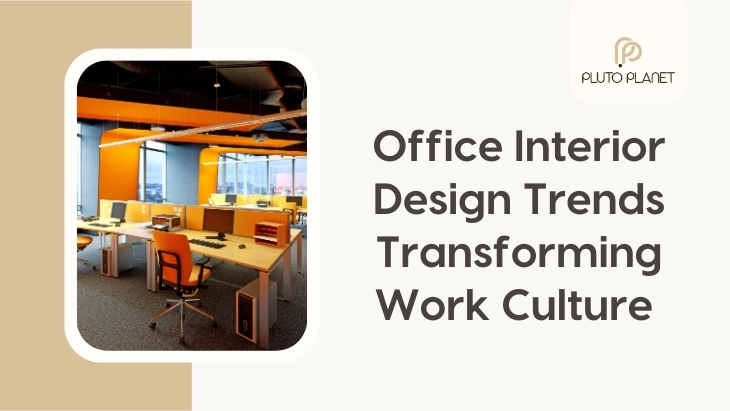

Leave a reply